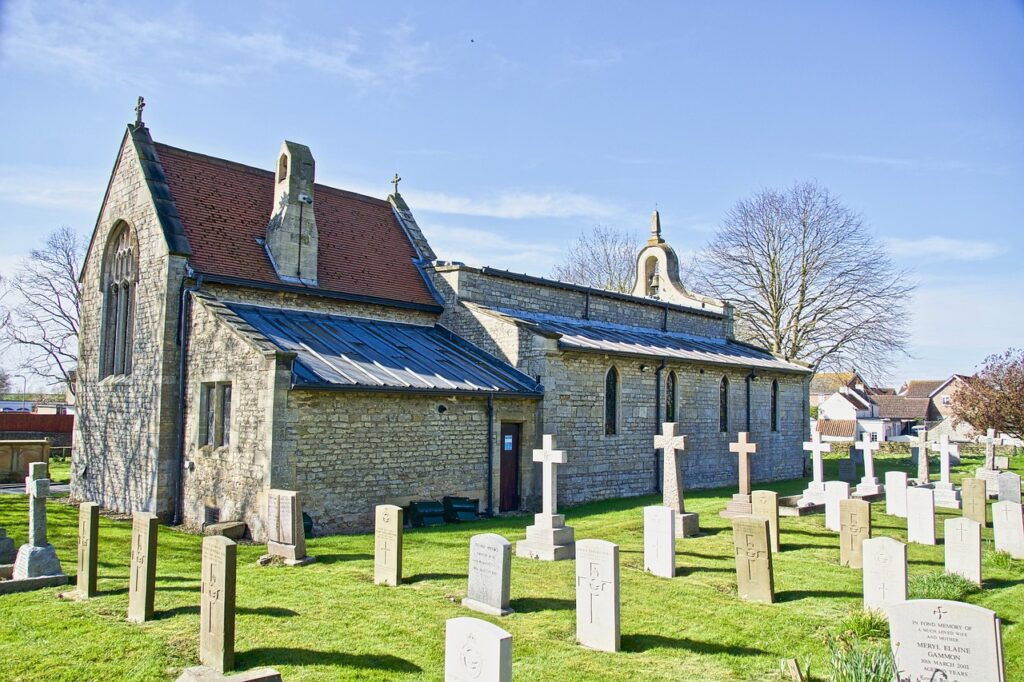
DECEASED INDIVIDUAL CONFIRMATION – WORKFLOW IDEA
Last week I was retained by a law firm to locate a defendant after their regular private investigator was unable to do so. Upon reviewing the identity of the defendant, I noticed that he was 90+ years old.
Several scenarios immediately came to mind based on the defendant’s age. The individual may be living with a relative, in a hospital, living at a nursing home/assisted living facility, or deceased. Each of these scenarios have their own unique workflow.
I started my research by running the individual’s identity through five separate data aggregators. One of the aggregators (IDI, which is by far my favorite), indicated that the individual was deceased. Armed with this lead (I say lead because data aggregators are tools that point you in a direction), I begin to search for confirmation that the individual was in fact deceased. I obtained his extended driver’s license file from the DOT, and the file confirmed that he was deceased.
There are several areas where a private investigator might be able to confirm that someone is deceased. Here is a short list.
- Medical Examiner
- MVD (in AZ, the extended history file that is available to private investigators contains death information)
- Court Records – Probate, Civil, Family
- County Recorder
- List of Involvements from Law Enforcement (search the municipality where they live)
- Fire/EMS Records
- Obituaries
- Social Media
- News Articles
- Interviews – Neighbors and Coworkers
- Opensource Articles
The list goes on and on.
The key takeaway is this. When you can’t locate an individual who appears to be an ordinary citizen who is not evading law enforcement or service of process, make a list of the various scenarios as to why that is. Then, start working down your list. Tough locates is all about being creative. Data aggregators are AMAZING tools, but they are just that, tools. Confirmation is king.